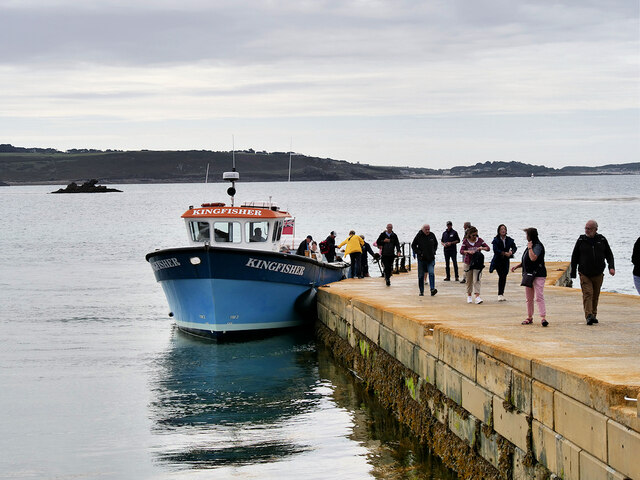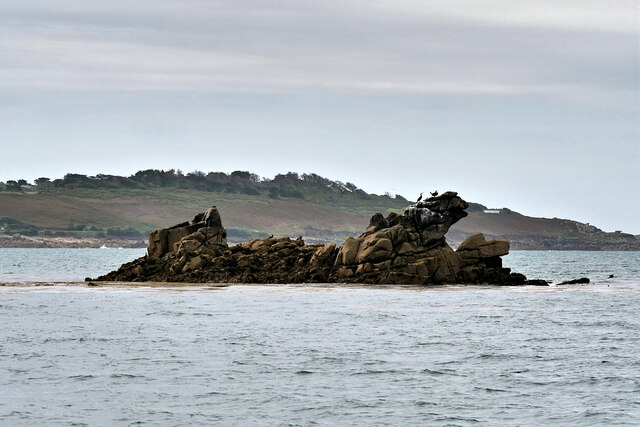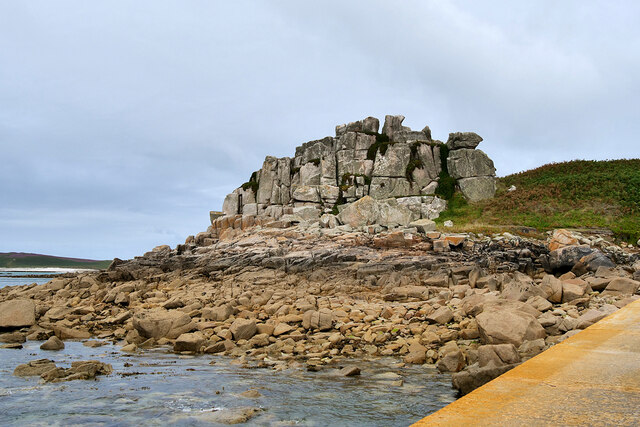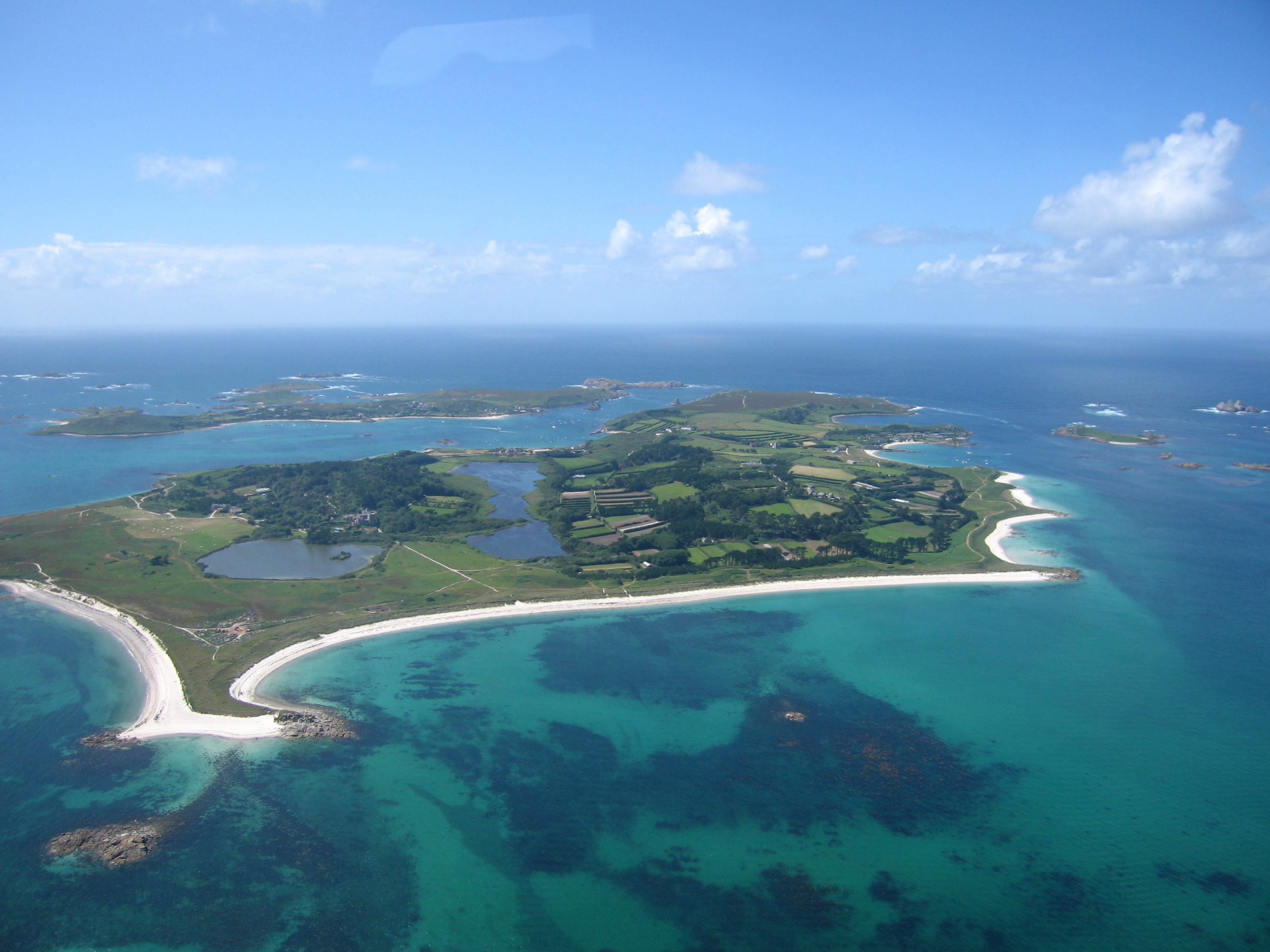Conger Ledge
Island in Cornwall
England
Conger Ledge

Conger Ledge is a small island situated off the coast of Cornwall, England. It is located approximately 1.5 miles south of the popular tourist destination, Land's End. The island is easily accessible by boat, making it a popular spot for locals and visitors alike.
Measuring just 200 meters in length and 100 meters in width, Conger Ledge is relatively small in size. It is primarily composed of rugged cliffs and rocky terrain, giving it a dramatic and picturesque appearance. The island is uninhabited, with no permanent structures or facilities.
Conger Ledge is renowned for its diverse wildlife and natural beauty. The surrounding waters are teeming with marine life, making it a popular spot for snorkeling and diving enthusiasts. The island is also home to a wide variety of seabirds, including puffins, gannets, and cormorants, making it a haven for birdwatchers.
The island's location near Land's End offers stunning panoramic views of the rugged Cornish coastline. On clear days, visitors can see the famous Longships Lighthouse, which stands approximately 1.5 miles northwest of Conger Ledge.
Due to its exposed location, Conger Ledge can be subject to strong currents and rough seas, making it important for visitors to exercise caution when approaching the island. However, for those seeking a secluded and unspoiled natural retreat, Conger Ledge offers a unique and unforgettable experience.
If you have any feedback on the listing, please let us know in the comments section below.
Conger Ledge Images
Images are sourced within 2km of 49.937509/-6.3305457 or Grid Reference SV8913. Thanks to Geograph Open Source API. All images are credited.













Conger Ledge is located at Grid Ref: SV8913 (Lat: 49.937509, Lng: -6.3305457)
Division: Isles of Scilly
Unitary Authority: Isles of Scilly
Police Authority: Devon and Cornwall
What 3 Words
///reckons.fight.grand. Near Tresco, Isles of Scilly
Nearby Locations
Related Wikis
Oliver's Battery, Tresco
Oliver's Battery is a ruined artillery battery on the island of Tresco in the Isles of Scilly off of Cornwall, England. It was built by the Parliamentarian...
Tresco Heliport
Tresco Heliport (ICAO: EGHT) is a heliport located on the island of Tresco, in the Isles of Scilly off the southwest coast of England, UK. The heliport...
Tresco Priory
Tresco Priory is a former monastic settlement on Tresco, Isles of Scilly founded in 946 AD. It was re-founded as the Priory of St Nicholas by monks from...
Tresco Abbey Gardens
Tresco Abbey Gardens are located on the island of Tresco in the Isles of Scilly, United Kingdom. The 17 acre gardens were established by the nineteenth...
HMS Colossus (1787)
HMS Colossus was a 74-gun third-rate ship of the line of the Royal Navy. She was launched at Gravesend on 4 April 1787 and lost on 10 December 1798. During...
Samson, Isles of Scilly
Samson (Cornish: (Enys) Sampson) is the largest uninhabited island of the Isles of Scilly, off the southwestern tip of the Cornish peninsula of Great Britain...
RNAS Tresco
RNAS Tresco was a Royal Naval Air Service base on Tresco, the second largest island in the Isles of Scilly. From February 1917 to May 1919 aircraft patrolled...
Tresco, Isles of Scilly
Tresco (Cornish: Enys Skaw, lit. 'island of elder-trees') is the second-biggest island of the Isles of Scilly. It is 297 ha (1.15 sq mi) in area, measuring...
Related Videos
Whelmed: The One with Tresco
Join my day trip to Tresco, walking around the island and visiting the ruins.
A Journey To The UK's Tropical Islands - The Isles Of Scilly
The Isles of Scilly are one of UK's best kept secrets and one that is unlike anywhere else in the UK! The weather in unbelievably ...
The Walking Tide
A couple of times a year, it is possible to walk between the islands of Tresco and Bryher, Isles of Scilly, UK. We decided to give it a ...
Tresco, Walking Tour, Botanical Garden, Isles of Scilly, England
botanicalgarden #gardentour #gardenscapes #england #botanical #rhs.
Nearby Amenities
Located within 500m of 49.937509,-6.3305457Have you been to Conger Ledge?
Leave your review of Conger Ledge below (or comments, questions and feedback).













